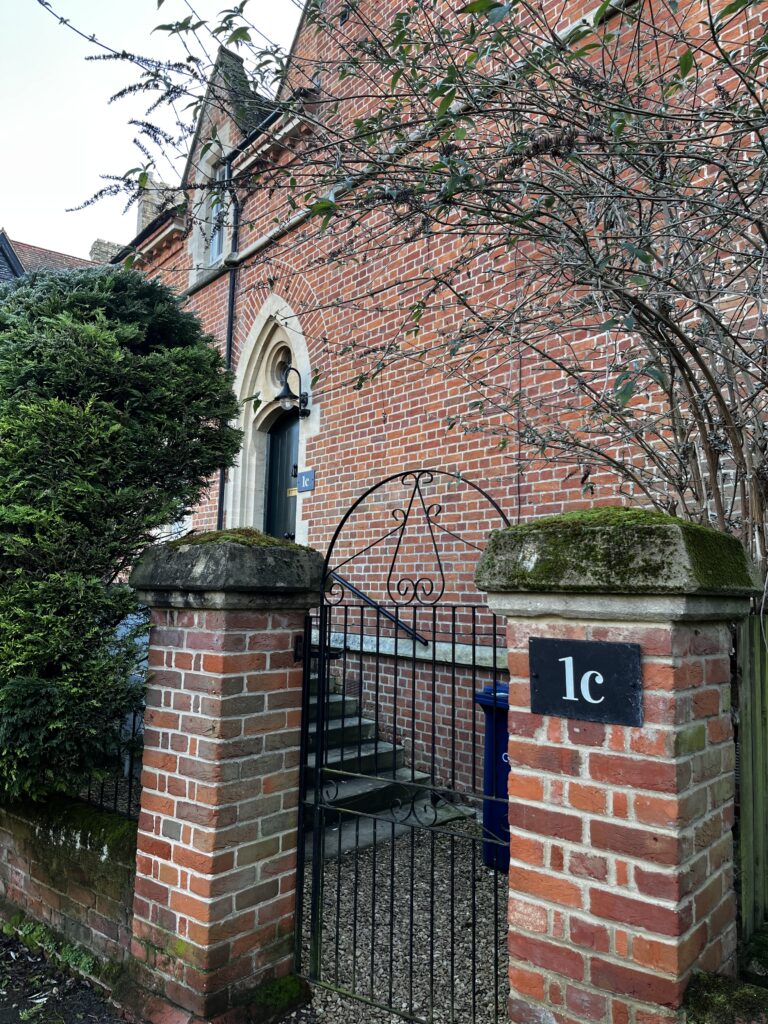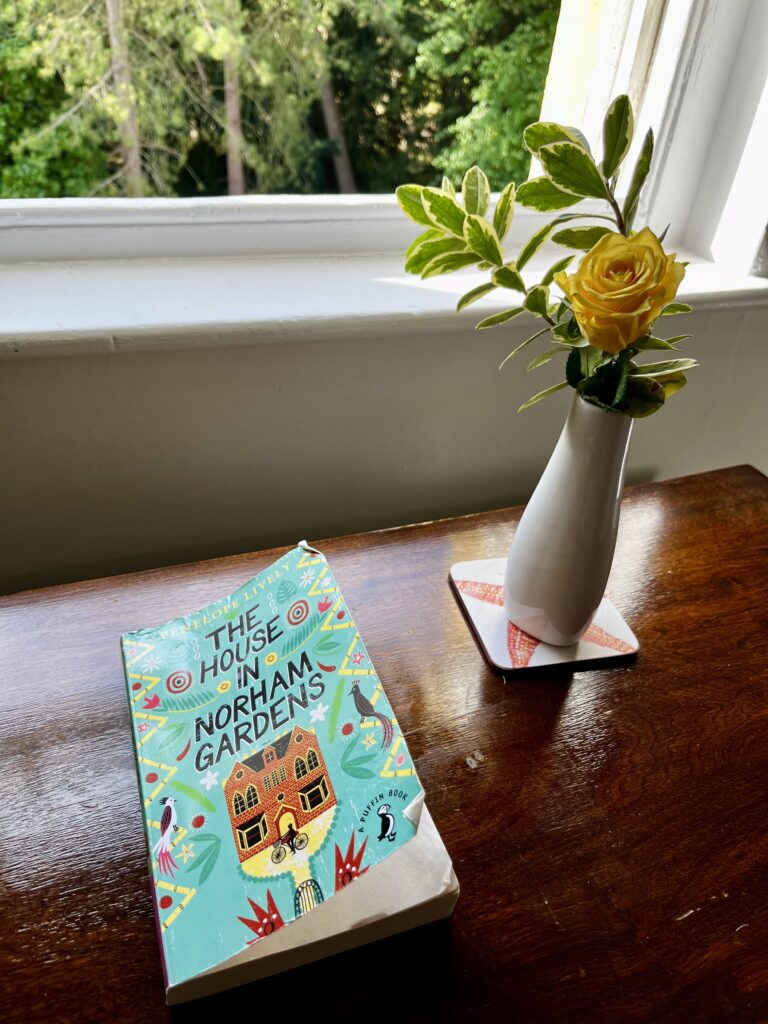Saying Goodbye to Oxford’s Norham Gardens
After a long plane flight from California, I reached the house in Norham Gardens on a cold January day, dragging two suitcases containing enough clothing for my five-month stay as an academic visitor at Oxford University.
The Victorian Gothic house was forbidding and strange – with closed doors between all the rooms. It had sat empty for six months or so before I arrived and the heat wasn’t working. I was the first of the three housemates to arrive. So, I passed last night shivering, wearing my robe and a black beanie in bed to stay warm.

Norham Gardens, Oxford, a house designed by the architect William Wilkinson in the 1860s.
During the night, I woke up several times as I adjusted from California time, including around 4:00 in the morning when I heard birdsong – mainly song thrushes then. My new digs were an attic suite, overlooking a small garden and University Parks – probably the place the maid would have lived back when it was a grand mansion occupied by a single family and its staff (it’s now broken up into four separate townhouses.)
Facing due east, the weak winter sunlight lent my top floor aerie a warm buttery tone and the separate office, overlooking a moss-covered architectural peak of the house and the quiet street of Norham Gardens, which bicyclists would quietly cycle down in the early mornings. It had been designed by the Oxford-based architect William Wilkinson in the 1860s as the city’s first garden suburb. Wilkinson also designed the Randolph Hotel and the Oxford Union library.
Curious about the history of the home, I soon came upon Penelope Lively’s wonderful young adult book, The House in Norham Gardens, which I savored for its descriptions of the area’s Gothic Revival mansions and its early sensitivity to the question of whether artifacts gathered by British anthropologists visiting New Zealand, Africa, and other countries should return their finds to the people who’d made and once treasured them. (The Pitt Rivers Museum has been grappling with this issue.)

Penelope Lively’s 1974 classic, “The House In Norham Gardens,” set in a house very much like the one my housemates and I lived in during the spring of 2025.
Early in the book, Penelope Lively describes the houses in my new neighborhood in a memorable way:
By the time you get to Norham Gardens (the houses) have tottered over the edge into madness: these are not houses, but flights of fancy. They are three stories high and disguise themselves as churches. They have ecclesiastical porches instead of front doors and round Norman windows or pointed Gothic ones, neatly grouped in threes with flaring brick to set them off. They reek of hymns and the Empire, Mafeking and the Khyber Pass, Mr Gladstone and Our Dear Queen. They have iron fire escapes. A bomb couldn’t blow them up, and the privet in their gardens has survived two World Wars.
It’s now late June and I’m now getting ready to leave Norham Gardens. The birdsong that wakes me in these early summer mornings has now expanded from that single song thrush to a chorus that includes robins, tits, blackcaps, and jackdaws. Outside my window, I hear a man whistling for his dog, as well as the hum of morning commute traffic on the Banbury Road. The cycle path that I used throughout my time in Oxford to ride to Rhodes House and Harris Manchester College, the joint hosts of my Oxford Next Horizons program, is closed off for construction. Starting just a few days ago, I can now hear jackhammers from my attic suite, as well.
I’ll take a final walk through University Parks to the River Cherwell and, perhaps, see a grey heron contemplating its next meal. It’s time to say goodbye.
***
Julia Flynn Siler is an academic visitor at Oxford University and a nonfiction author and journalist. She has written about rowing, dark skies, and faith and happiness for National Geographic and, most recently, about walking in Jane Austen’s footsteps for the Wall Street Journal. To learn more about her work, please visit: www.juliaflynnsiler.com
Fantastic site Lots of helpful information here I am sending it to some friends ans additionally sharing in delicious And of course thanks for your effort